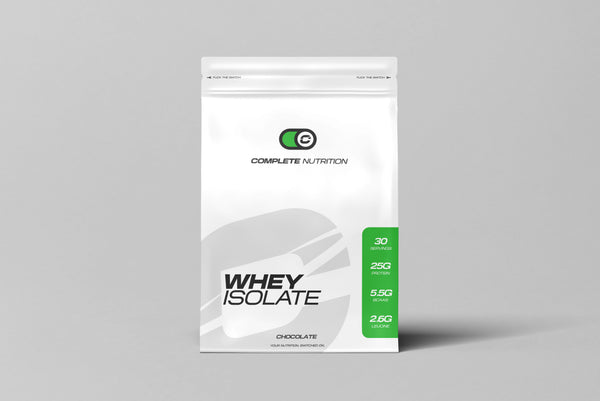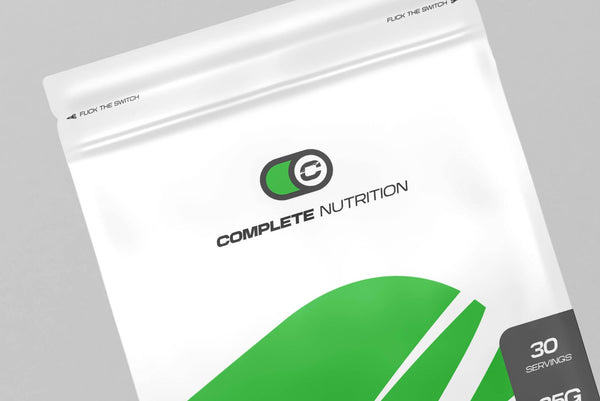Death rattles are noisy, rattling breaths that often occur in the final hours or days of a person’s life. They are caused by the accumulation of saliva and mucus in the throat and upper airways when a person loses the ability to swallow or cough effectively. This leads to a distinctive sound during breathing.
Causes of Death Rattles
As the body weakens during the dying process, muscle control deteriorates, including the muscles responsible for clearing secretions. The secretions build up and vibrate during breathing, creating the characteristic rattling noise. It is a natural part of the body’s shutdown process.
Impact on the Person and Caregivers
While death rattles can be distressing to hear, they usually do not cause discomfort to the person experiencing them because consciousness often decreases significantly. Families and caregivers may find the sounds upsetting, but understanding their nature can help provide comfort and reassurance.
Management
Care approaches focus on reducing secretions through medication or positioning the person to facilitate drainage. Suctioning is generally not recommended as it may cause discomfort. Supportive care aims to maintain dignity and comfort during the final stages of life.
Summary
Death rattles are the noisy breathing sounds caused by mucus buildup near the end of life. They are a common and natural part of dying, usually not painful for the individual, and managed with supportive care.




Share:
What Is Mental Capacity?
What Does Nauseating Mean?